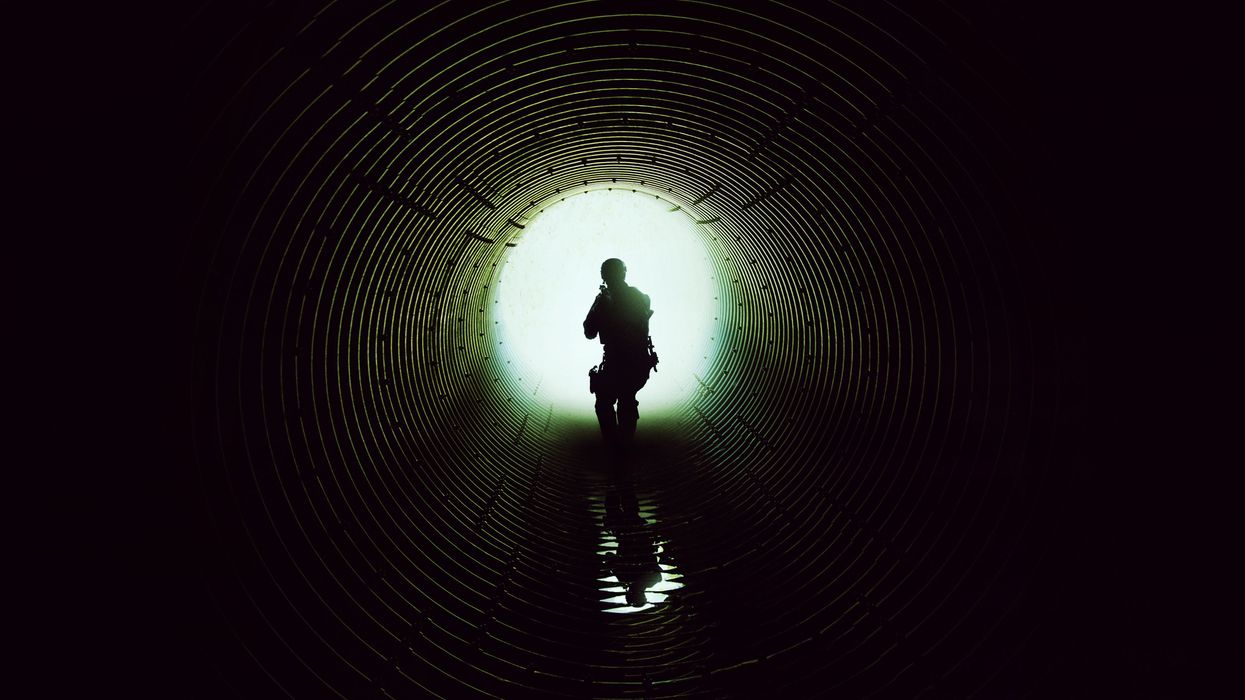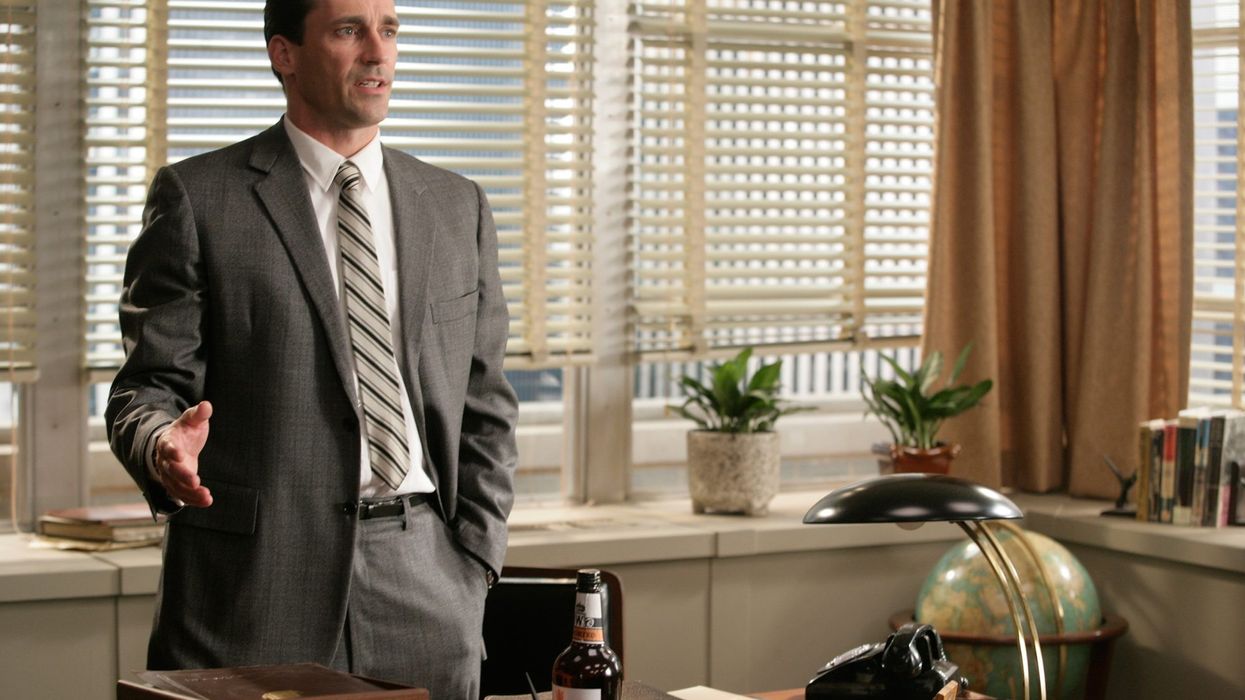The Lay of The Land: How Denis Villeneuve and Ridley Scott Create Mood With Landscape
If your landscape is just a setting, then you're using your landscape wrong.

In The Martian and Sicario, the landscapes are foreboding characters all their own. These two video essays by Ashley Perry show how Denis Villeneuve and Ridley Scott did it, and it all comes down to the formative setting.
As opposed to a neutral setting, in which the landscape is indifferent to the action or the characters, a formative setting seeks to express the character's psychology. As such, your setting should be working in service of dramatic action rather than just existing simply as the space for the action to unfold.
In Sicario, some of the most tense moments occur when nothing happens at all:
Similar to the way in which Sergio Leone explored the barren landscapes of the Old West as blank canvases for man's greed in his classic spaghetti westerns, Villeneuve's desert shows us a landscape whose dilapidation can only be profited upon through violence and crime. Throughout the course of the film, the character of Kate Macer discovers that the poor men involved in the drug cartel she's investigating are just as expendable as the ramshackle slums of Mexico. Ultimately, she learns the FBI values her own life similarly. This danger is ever-prevalent in her mind, and it's expressed through the landscape.
Ridley Scott takes this concept of desert as a blank canvas to the next level in The Martian:
So many different things go wrong for Mark Watney in this movie, and Scott provides us with a plethora of tactics for experiencing the astronaut's isolation. But work quite as brilliantly as the director's use of landscape. What Perry highlights in this essay so well is Scott's use of juxtaposition between the enormous landscape and minute being. It's hard for the viewer to be hopeful when they get a sense for the scale of what Watney's up against, but in contrast, Watney's incessant will to live provides them with what is perhaps the central conflict for the entire film.











